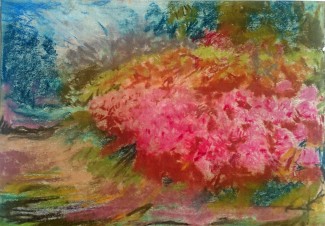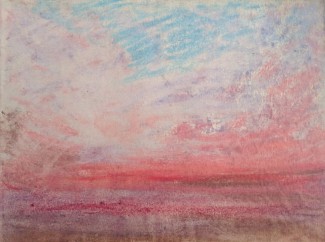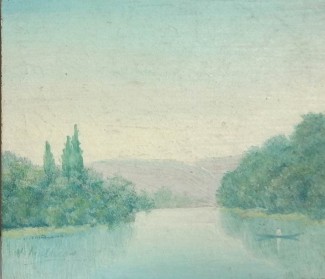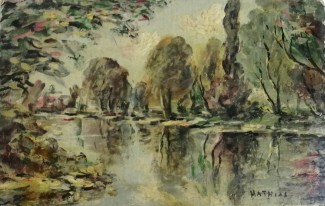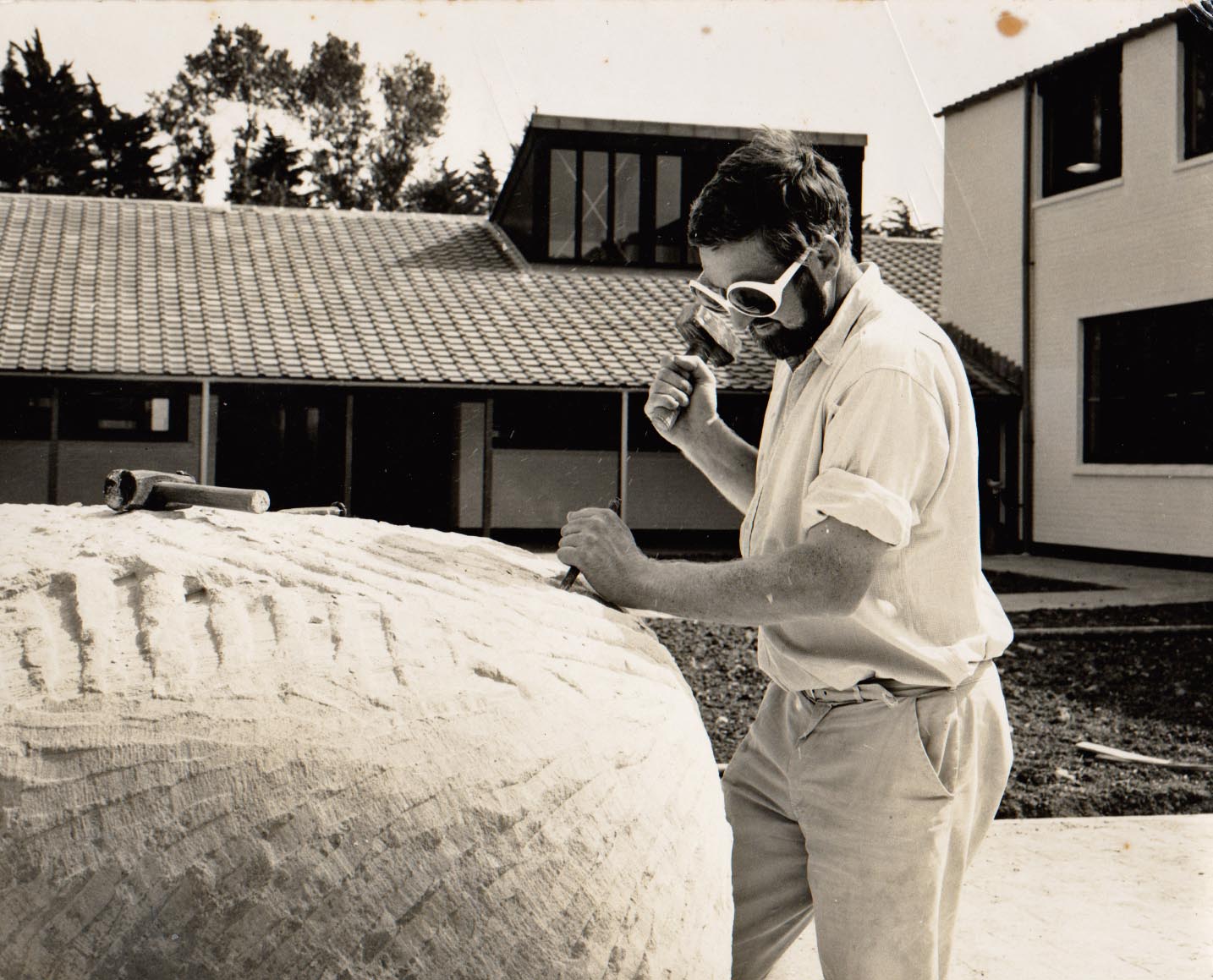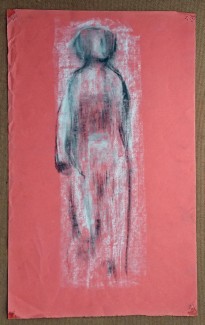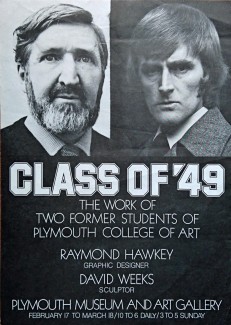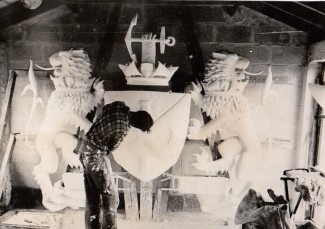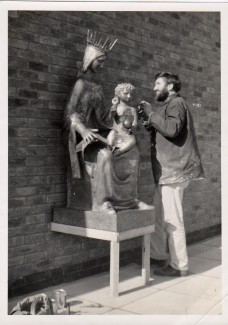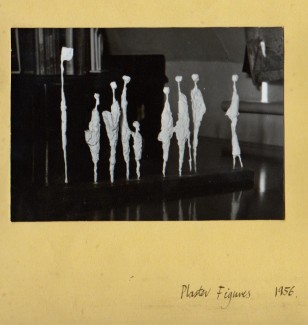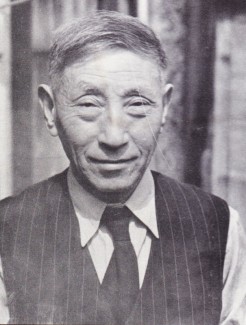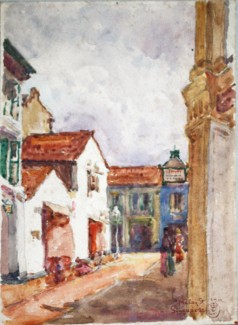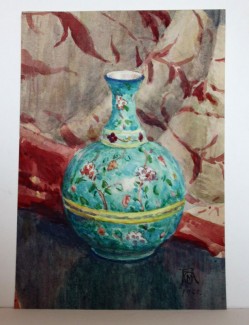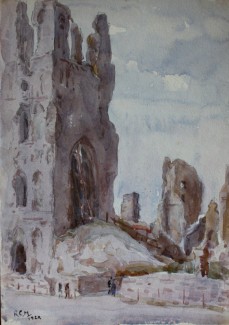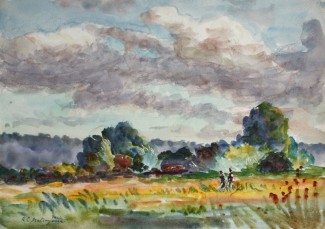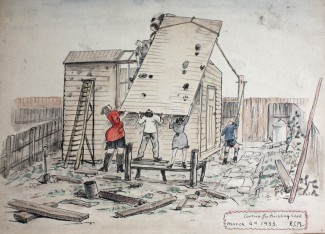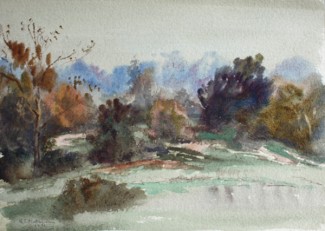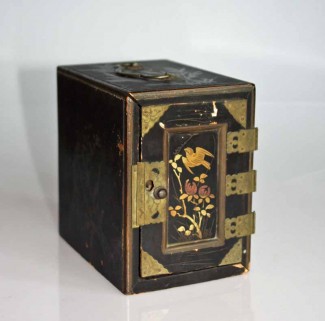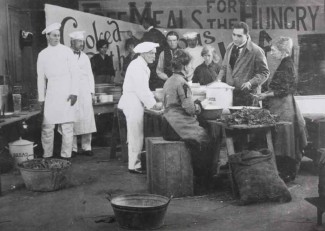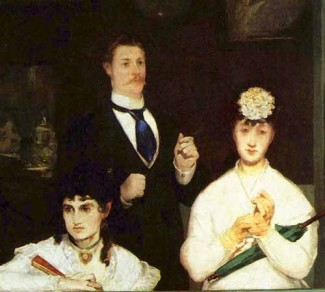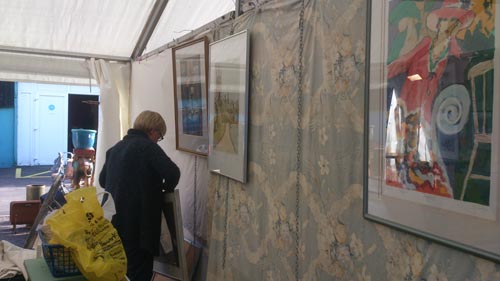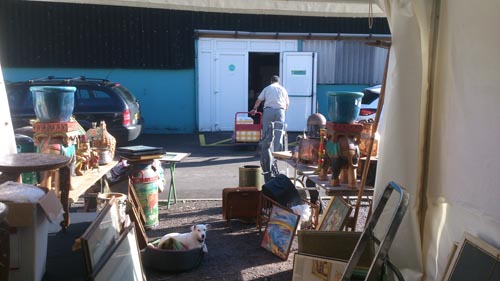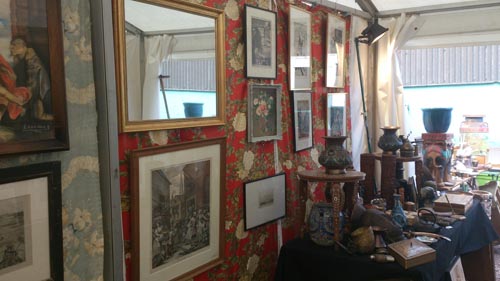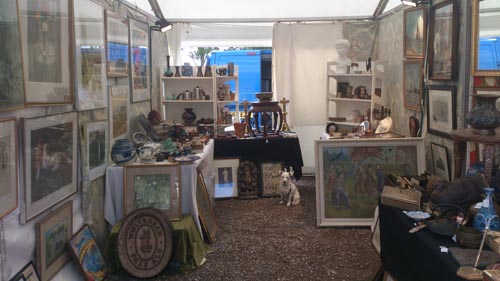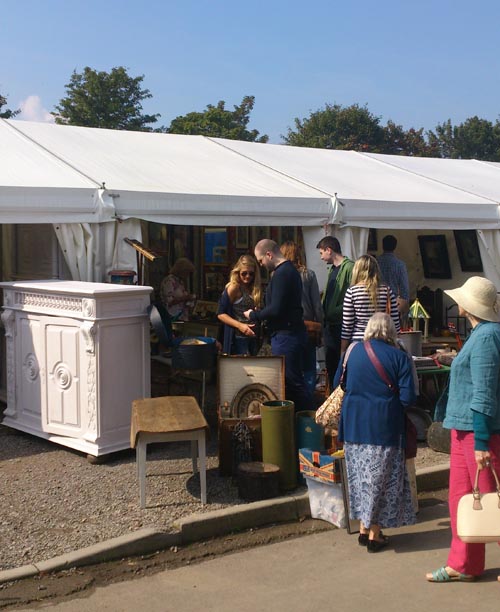We have been very fortunate to acquire a large body of work originating from the house in Handsworth Wood of the painter, printmaker and educator Stanley Joyce.
Joyce was born in West Bromwich in the West Midlands Black Country, moving to Birmingham in the 1930s, where he studied art education at Birmingham University. He taught art in a number of Midlands schools, developing a special interest in the visual literacy of young children, and the introduction of art history into the school curriculum.
His art practice developed alongside his teaching, and from the 1950s, he trained at the Slade, the Ruskin School of Art, Oxford and at Birmingham College of Art. Study at Atelier17 and the Academie de la Grande Chaumiere in Paris developed Joyce’s practice as a printmaker, and introduced him to some of his long-term influences, notably Degas, Cezanne and the Swedish artist Anders Zorn. He was a member of the Birmingham Print Workshop, and elected an Associate of the Royal Birmingham Society of Artists. He exhibited widely, and is represented in collections in the UK, France and Italy.
Stanley’s broad practice includes work in oil, watercolour and printmaking, particularly etching and drypoint. His open air sketches in both oil and watercolour are freely executed with bold and rapid mark-making recording favourite and frequently re-visited landscapes, while sketch books and drawings explore both formal, studio and abstracted figure studies and interiors. In contrast, his studio paintings, are more measured, often worked in a rich impasto, layered with knife and brush.
As a printmaker. Joyce described himself as plein-airist, preferring to take all his plates into the landscape and work directly from nature. He wrote, ‘my aim is to capture the sense of place, the mood of a particular landscape at a particular moment in time. I draw on aluminium using a Haden, Whistler or Diamond point. This method has special problems in that one is at the mercy of the very elements which create mood: wind, rain, mist and an ever -changing light. Results are sometimes disappointing but even failures can have a special quality often lacking in studio work.’.
Stanley drew and painted the country around his home in north Birmingham, but also found favourite landscapes in the Malvern Hills, the mountains of Snowdonia, North Wales and the area around Lamorna on the South West tip of Cornwall, especially the Lamorna woods and stream which run down through the Lamorna valley to the sea. He also painted extensively in France and Italy, particularly around Brittany, Normandy and in Venice. These visits became more frequent and extended following the death of his wife, Anne, in 1996.
In addition to a large collection of works, Stanley’s legacy includes copious sketch and note books, documenting his working practice and his friendships with fellow students and artists, including his contemporary, the painter and teacher Albert Herbert (1925-2008).
© Lloyd Ellis 1. 2. 2023
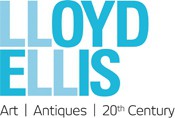


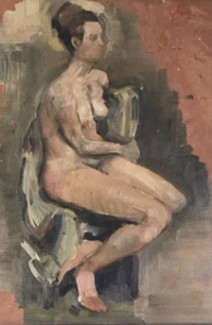
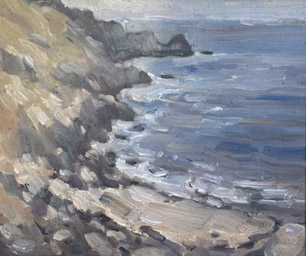
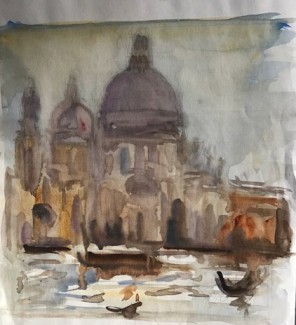
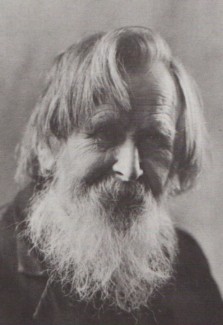 This idiosyncratic polymath offers one of the least acknowledged and most intriguing stories of English art in the first half of the twentieth century. Our collection largely dates from the 1930s, a period when his art reached a new sophistication and maturity. His use of soft, rich colour and a misty, atmospheric evocation of coastal landscapes around his home in southern Guernsey, together with brilliant portraits of the flora to which he devoted so much of his life are deeply influenced by French Impressionism and the later works of J M W Turner.
This idiosyncratic polymath offers one of the least acknowledged and most intriguing stories of English art in the first half of the twentieth century. Our collection largely dates from the 1930s, a period when his art reached a new sophistication and maturity. His use of soft, rich colour and a misty, atmospheric evocation of coastal landscapes around his home in southern Guernsey, together with brilliant portraits of the flora to which he devoted so much of his life are deeply influenced by French Impressionism and the later works of J M W Turner.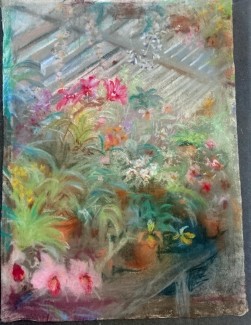 In 1895, following the death of his wife, and his departure from Oundle, Caparne left the East Midlands, initially for Devon, (changing his name from Caparn to Caparne) and then to the Channel Islands, and Guernsey, where he eventually settled at Bon Port near St Martin in 1920. He continued to develop his work as an iris and bulb specialist, creating the completely new variety of intermediate bearded iris in the 1890s. Working from his self-built bungalow and a studio and greenhouse made from an old tram carriage, he gradually transformed his immediate surroundings into one of the most beautiful gardens on the island, and himself into an accomplished landscape and botanical artist.
In 1895, following the death of his wife, and his departure from Oundle, Caparne left the East Midlands, initially for Devon, (changing his name from Caparn to Caparne) and then to the Channel Islands, and Guernsey, where he eventually settled at Bon Port near St Martin in 1920. He continued to develop his work as an iris and bulb specialist, creating the completely new variety of intermediate bearded iris in the 1890s. Working from his self-built bungalow and a studio and greenhouse made from an old tram carriage, he gradually transformed his immediate surroundings into one of the most beautiful gardens on the island, and himself into an accomplished landscape and botanical artist.